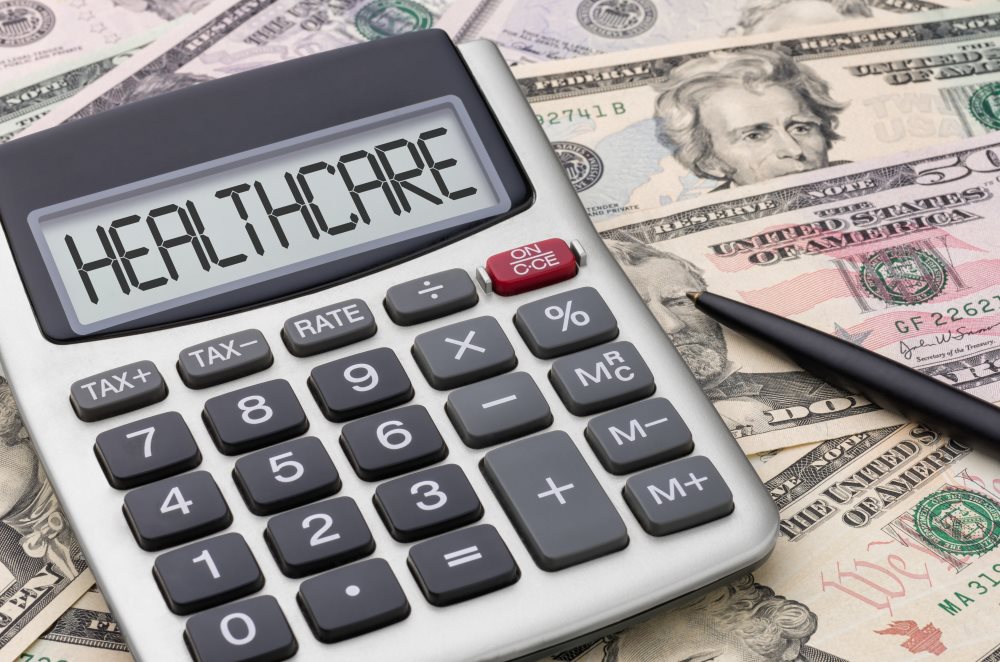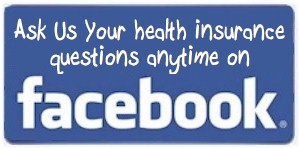
June 17th, 2019 – A federal ruling stemming from President Trump’s Executive Order changed how companies can pay for medical benefits for employees. Under the new rule, employers will now be allowed to provide their employees with a fixed amount of money each year in a tax-preferred “Individual Coverage HRA” that the employee can use to buy coverage in the individual market.
Beginning Jan. 1, 2020, employers can offer Individual Coverage HRAs to provide tax-exempt dollars to their employees for the purchase of Affordable Care Act compliant individual coverage.
Under the new rule:
- Employees can use Individual Coverage HRAs funds to pay the premium for individual insurance coverage purchased either on or off the public Marketplace.
- Employers can offer their employees either a group health plan or an Individual Coverage HRA, but not both.
- Offering an Individual Coverage HRA will satisfy the Section 4980H Employer Mandate, if it meets the affordability threshold.
- Employees can opt out of an Individual Coverage HRA if they are eligible for premium tax credits on the public Marketplace.
- Employers must provide a written notice to employees at least 90 days prior to the start of the plan year that details the terms of the Individual Coverage HRA. Here is an early version of a model notice.
- Employers will have to make decisions about what to offer with respect to entire classes of workers (not individual workers). Classes based on full- or part-time status, geography, or salaried or hourly status are only permissible in cases where the resulting employer group is of sufficient size, generally the smaller of 20 employees or 10 percent of the workforce.
The new ruling on HRA’s provides a cost affordable option for businesses that do not offer a group health insurance plan, but want to help offset employees medical expenses. By providing tax advantaged assistance with their benefits, this can help attract and retain employees.





